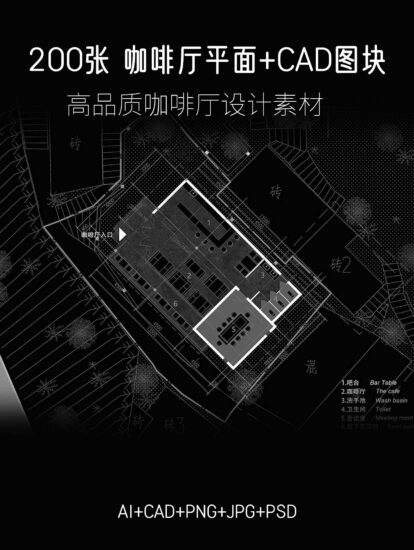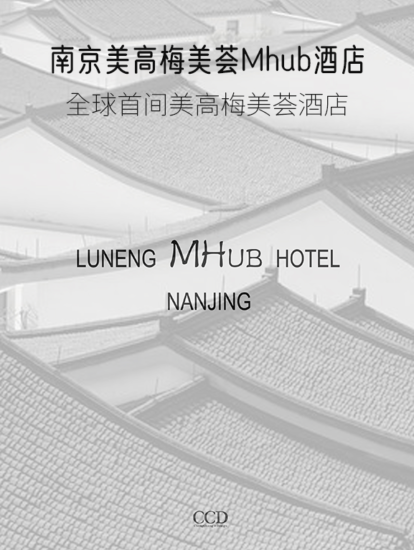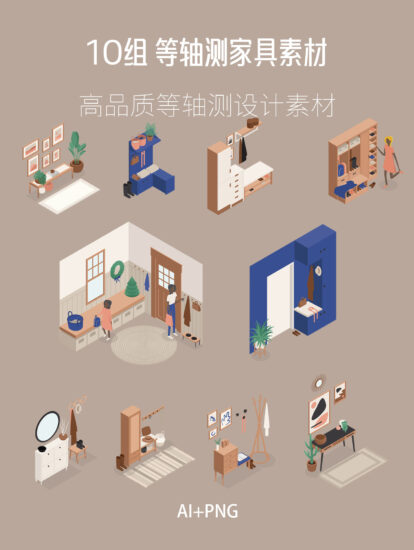全球設計風向感謝來自 予舍予築 (Yushe Design) 的民宿兼自宅改造項目案例分享:
田園鄉村是根植在每個中國人心底最深刻的浪漫。這種“浪漫”在城鄉差異持續拉大而造成的“永遠回不去的故鄉”的現實渲染下,愈發強烈。在喧囂嘈雜的城市生活中,土地資源稀缺而昂貴,若能在田園間擁有一處宅院,與清風朗月為伴,與誌趣相投的好友置酒言詠,真的是“終日不倦”。尤其是隨著年齡漸長,越發覺得“白的花勝似綠的葉,濃的酒不如淡的茶”,對無價值可衡量之物更加珍惜,明月清風本不用一錢買,世間好物似乎總在質樸的鄉村生活中才能得到最本真的還原。
The return to pastoral life has long been an ideal of Chinese literary tradition, it is the most romantic way of living deeply rooted in each Chinese’s heart. With the rapid globalization and urbanization, the desire turned into “xiangchou”— a term that refers to nostalgia for rural lands and the hometown that cannot be return for those earned their livings in big cities. Compared to city life Especially when growing older, country life restores the purest parts of life. For the urbanite, country life must be the ultimate escape from the hustle and bustle of city life, just like the famous saying goes:” White flowers are better than green leaves, while strong drinks are not as good as mild tea.”
項目背景:老宅之本
Background : the original site
在長興縣西南部的周吳岕村,整個村莊依山傍溪而築,東臨雉城鎮,西毗泗安長潮岕,北與“十裏古銀杏長廊”八都岕隔山相望。村中有一座百餘年曆史的老宅,宅子早在1898年由主人周安生耗費15年修建完成,周姓家族遵循著“唯勤勞才有飯吃”的家規和“積善行德、平安百年”的家訓,子孫後代遍布海內外,而唯獨這座老宅因長久無人居住而風雨飄搖,隻剩下庭院前的紅梅每年冬天自顧自地絢爛。故事緣起於委托人作為其中一位周家子孫,不忍看著這樣一座祖宅就此逝去,於是聯合眾兄弟姐妹,試圖將其打造成一個靜心而居的民宿兼自宅,這便是老宅新生最終的得名由來“安生齋居”。
Named the Ancestor House, the property was the family mansion first built in 1898 by Zhou Ansheng, the grandfather of the client who tasked Yushe Design for the project. However, the house has been largely derelict for decades since all the family members left hometown for better living. One of his offspring’s nostalgia for the countryside and childhood couldn’t bear to leave it abandoned, so he tasked Yushe Design to restore and renovate it into a boutique hotel with a suite for the family.
我們初次踏勘項目地時正值寒冬,徽派建築的門頭上“積善流芳”的字跡業已模糊不清, 即便如此,局部坍塌的老宅在枯樹在雜草的襯托下,竟和自然十分和諧。建築主體屬於典型的穿鬥式木結構,外部牆體做法為中國曆史悠久的夯土牆技術,從局部坍塌的牆麵內部還能看到暴露出的一根根水平方向的竹製“牆骨”。周先生對傳統建造技術有著很深的情結,對老宅的感情之深可見一般。設計充分尊重了他的情感記憶,以“自然營造”為總體策略,不增加不屬於場所本身的體量或裝飾,盡量減少對自然環境和鄉民的生活影響。對保存完整的徽派建築風格老牆及穿鬥式木結構進行複原修葺,對坍塌嚴重部分引入新結構,使老建築與新結構交相呼應。拆下來的舊木料、舊磚瓦、花瓶式柱礎都將被重新被利用,老宅內的古樹根據景觀布局進行移植栽種。
When we first visit the site, the house was surrounded by weeds and shrubs, and blossomed red plum. Ancient villages in Zhejiang Province are always in some sort of inherent harmony with nature. The original building was a traditional Chinese courtyard dwelling — three-hall structure with two wings and four internal courtyards, with the main structure of through type timber frame. Except for the characteristic Huizhou-style facade and roof which are well preserved, most of the other original features — the loam walls, wooden roof trusses, timber beams and columns, grey tiles are severely damaged. Under such condition, the building might seem to be of little value to some villagers, but for Zhou’s family, it is a century-old dream and memory. And for us, it was just like an uncut jade to be carved into great works.
We think the best solution to rural revitalization would never be building new houses over old ones, not to mention undisciplined occupation of land. The most appropriate yet difficult way of Chinese rural construction is one that makes people feel at ease in the space without deliberate interference nor imitation of the ancient, as described by a famous saying in Tao Te Ching by Lao Tzu: “ A great sound is inaudible, and a great image is formless.
As a result, the original structure of Huizhou-style façade and walls were revamped and reinforced by steel-concrete structure so as to eliminate air/wind leakage and potential structural risks. The severely damaged through type timber frame were rebuilt according the original structure. Some undamaged beams and stone plinths under the wooden pillars were kept intact, the demolished ones such as grey tiles are recycled for pavements and decoration, echoing the history to the house and the local culture on the tectonic side as well as showing sustainable ecological construction philosophy.
設計過程:隔世回響
Design Phase: a century response
林語堂先生在台北自宅中寫了《不亦快哉二十四則》,其中有對理想宅院的描述:宅中有園,園中有屋,屋中有院,院中有樹,樹上見天,天中有月。不亦快哉!庭園古往今來便是中國文人所向往的住宅。在本案的設計中,我們幾乎完全延續了原建築外部的建造特征,外立麵的徽派老牆頭也得以完整地保留。叩開這扇老木門上的獸麵銜環輔首,一個自己仿佛與另一個自己在光陰裏隔世重逢,一個世紀的記憶在周家人心中發出深厚而溫潤的回響。
Famous Chinese writer Lin Yutang, also best known is the West for his English writing once described his ideal home:“Garden within a house, house within a garden, courtyard among rooms, trees among courtyard, sky above trees, moon in sky”, reflecting the most distinctive feature of Chinese home design of all ages is the stone-paved courtyard, just similar in effect to a Spanish cloister, and symbolizing peace, quiet and repose. Courtyards are spiritual place for Chinese ancient literati, and still a longing place for urbanite where they can be assured of being personally pampered in beautiful rural surroundings to get away from the hustle and bustle.
對空間的劃分組織依然沿用舊有“三進三開”的合院布局形製,並強化了原有傳統材料的形式秩序。14間客房沿建築外側布局,穿插若幹景觀庭院,保證每間客房良好的景觀視線的同時,留出大量的公共空間滿足現代生活所需。舊有庭院住宅最大的劣勢是采光,因此我們將局部牆體以玻璃幕牆替代。圍合的是私密的空間,通透的是公共空間,靜謐開合,院落、長廊、一花一草一木互為景致,體現層次和意境。四季五感,隻在這一畝三分地之中都可看盡。韓愈筆下那句“白雪卻嫌春色晚,故穿庭樹作飛花 ”或許就是在這樣的庭園中才有感而發的。
We made it a priority to restore and repair the existing building, keep the original spatial layout, revive the sense of sophistication and stateliness that existed when the original property was first built, an ode to its past. The back hall connects the two floors and with an exquisite wooden stair and provides access and privacy for all the 14 rooms. The disadvantage of traditional courtyard dwelling layout is insufficient of light, thus a side wall of the lobby had to be replaced by glass screen walls to bring in light. The transparence also enhanced the connectivity between the indoor spaces and the open courtyard. No wonder a beautiful poem like “ The white snow/ vexed by the late coming of spring’s colors/ Off set purpose darts among the courtyard’s trees to fashion flying petals”, would be written in such artistic courtyard.
沿著主入口的一排毛石矮牆拾級而上便進入了周家老宅。通過毛石、沙礫、以及廢棄的小青瓦用於不同區域的地麵鋪裝,以少量的綠植來創造“半山、半石、半綠”的留白意境。無需明確的界定,院牆、綠植、地麵鋪裝就已經為空間做出了區分,讓室內與戶外空間在自然四季變化中自然轉換,在有限的空間中創造多樣的遊走序列。
Stepping into the lobby through the low robust rubble wall and a stone-paved courtyard embellished with two local red plum trees, the exploration now starts. In Chinese paintings, blank-leaving is highly valued, we call it “half-half” way. The two courtyards divide the spatial patters and create various circulation route, providing a playful walking experience as well as impressive views.
穿鬥式木結構集中在大堂複原,古老而幽深的木色配合少量柔和的燈光更顯空間的深邃,一種時空交疊的體驗。大堂地麵的青石板就地取材,盡量保留原始建築及當地文化氣息。當室內設計的細節完全與環境相融時,裝飾也便不是矯飾,而成為了環境的一部分,成為物質它自身。大堂內部,玻璃幕牆和木質格柵的運用讓整個空間更加通透開放。室內采光良好,隻需極少量的燈具點綴。
客房區室內裝飾以原木色為主色調,牆麵采用顆粒塗料強調新與舊的對比。我們對於某些所謂的“極簡主義”室內設計保持懷疑,尤其是在酒店客房中所出現的水泥材料。而木材則有自己的記憶,會隨著時間呼吸,每個階段都有不同的色澤,它簡單、質樸、有溫度,給入住者帶來家一般的溫暖。
The family-style setup is perfect for those who want quietude, away from the bustling city. The interiors consist of two ideas, simplicity and space. We brought in few pieces of furniture with simple lines, good quality and extremely polished, which perfectly fuse different hues and texture. Wooden grills and local limestone floor emerged together to create a sense of warmth, naturalness. The new reflects the past without imitating it.
客房後院有銀杏、紅梅等豐富的植被,住戶可由此上山體驗鄉野樂趣。今年冬天,後院的柿子比往年結的都更豐碩,明明枝幹都已蒼然禿頹,可紅色如染的柿子卻耀眼動人。就像是魯迅筆下那顆做著“小粉紅花的夢”的棗樹,似乎知道秋後要有春,春後還是秋。山中歲月也全非殺雞宰羊之類粗俗的煙火氣,自然也有拈花把酒的詩情畫意。
後記:時間的建築
Architecture of time
人們常說 ,建築是一門空間的藝術。但建築,也是一門時間的藝術。—卒姆托
Architecture is a spatial art, as people always say. But architecture is also a temporal art. ——Peter Zumthor
從設計到建造,安生齋居的複原剛好曆經兩個四季輪回;從廢墟到繁榮,周家人的老宅複興夢延續了一個世紀。讓一代人或幾代人的溫暖記憶再現、存續。往後,它將吸納不同人們生活的軌跡,在當代生活中創造新的品質。
From design to construction, the restoration of Ancestor House just went through a cycle of four seasons; from ruins to prosperity, the Zhou family’s dream of reviving the old house continued for a century. Rather than an architectural and interior design, it is a shaping of the humanistic pattern of “etiquette”, and a modern rebirth of Chinese residence.
對於建築師而言,我們的使命是終日平衡腦海中理想的山居生活空間與不那麼飽滿的現實的差距,以及鄉村營造這一特殊語境下所需要處理的社會場景和情形。在本案中,鄉村營造帶給我們的思考一方麵是科班出身的“專業”與鄉村“無建築師”這樣的現實情況的撕裂。比如,我們最初希望將外立麵的牆都以做舊的方式來粉刷,而當地工人一下就全給刷白了,而我們正統的“刻板”做法,也被當地村民嘲笑了好一陣。這種矛盾是每個從事鄉村營造的建築師都深有體會的。值得欣慰的是,當項目建成後,當地的許多村民開始對於自建房屋的改造有了新的認識,而在“美麗鄉村”、“鄉村振興”的大背景下,類似的項目一定會越來越多,幫助農村經濟的振興,從而讓更多城市的人回流,空心村的現狀得到緩解。
There were always gaps between the ideal of design and the reality of the craftsmen’s experience and techniques, for example, at first, we would like to do antique finish of the facade wall to show the history of the house, but with several rounds of negotiation and mutual compromises, it turns out to be fresh white. The “architecture without architects” in rural areas has revealed a specific situation where it was very hard for architects with trained ways of thinking to truly “root” himself in the village, for his trained experience was not necessarily what was needed there. Anyway, for our design team, this project was a most thorough practice of our “buildingless” approach. The completion of the project hasn’t left a sign of new building on the village, but the landscape at the village entrance, the alleys around the house, and the interior and exterior spaces of the building, were all more harmonious with the people’s life and the village, and more friendly to visitors from outside. This project has also inspired some local villagers thinking of renovation of their own house. in-depth thinking in us.
In the context of China’s “beautiful villages” and “village rejuvenation”, Changxing, as one of the main positions for the revitalization of the rural areas in Zhejiang Province, has been formulated in various aspects such as strengthening capital investment, housing system reform, and rural human settlements. With nearly 40 supporting policies and measures, we have reason to expect this new model to attract interesting people to gather, nourish the rural ecology and develop healthily. We believe, lots of characterful country house hotels would follow.
主要項目信息
項目地址: 湖州市長興縣周吳岕村
建築麵積:1202㎡
建築、室內、景觀設計:予舍予築 (Yushe Design)
主持建築師:陳瀟、李誌強、許異、高善通
建築設計團隊:李娜、龐迪、梁修柱
室內設計團隊:毛莉麗、陳鵬、趙西康
景觀設計團隊:鬱浩豔、陳靜峰、馬江
木結構深化設計及施工:上海雋執建築科技有限公司(JAZBUILD)
設計周期:2017.3-2018.7
施工周期:2017.11-2019.11
攝影:Fancy Images
Project Location: Zhouwujie Village, Changxing County, Huzhou City, Zhejiang Province
Floor Area:1202㎡
Architecture & Interiors & Landscape Design: Yushe Design
Principal Architect:Chen Xiao、Li Zhiqiang、Xu Yi、Gao Shantong
Architectural Design:Li Na、Pang Di、Liang Xiuzhu
Interior Design:Mao Lili、Chen Peng、Zhao Xikang
Landscape Design:Yu Haoyan、Chen Jingfeng、Ma Jiang
Timber Frame Design and Construction: JAZBUILD
Design Phase:2017.3-2018.7
Construction:2017.11-2019.11
Photography:Fancy Images


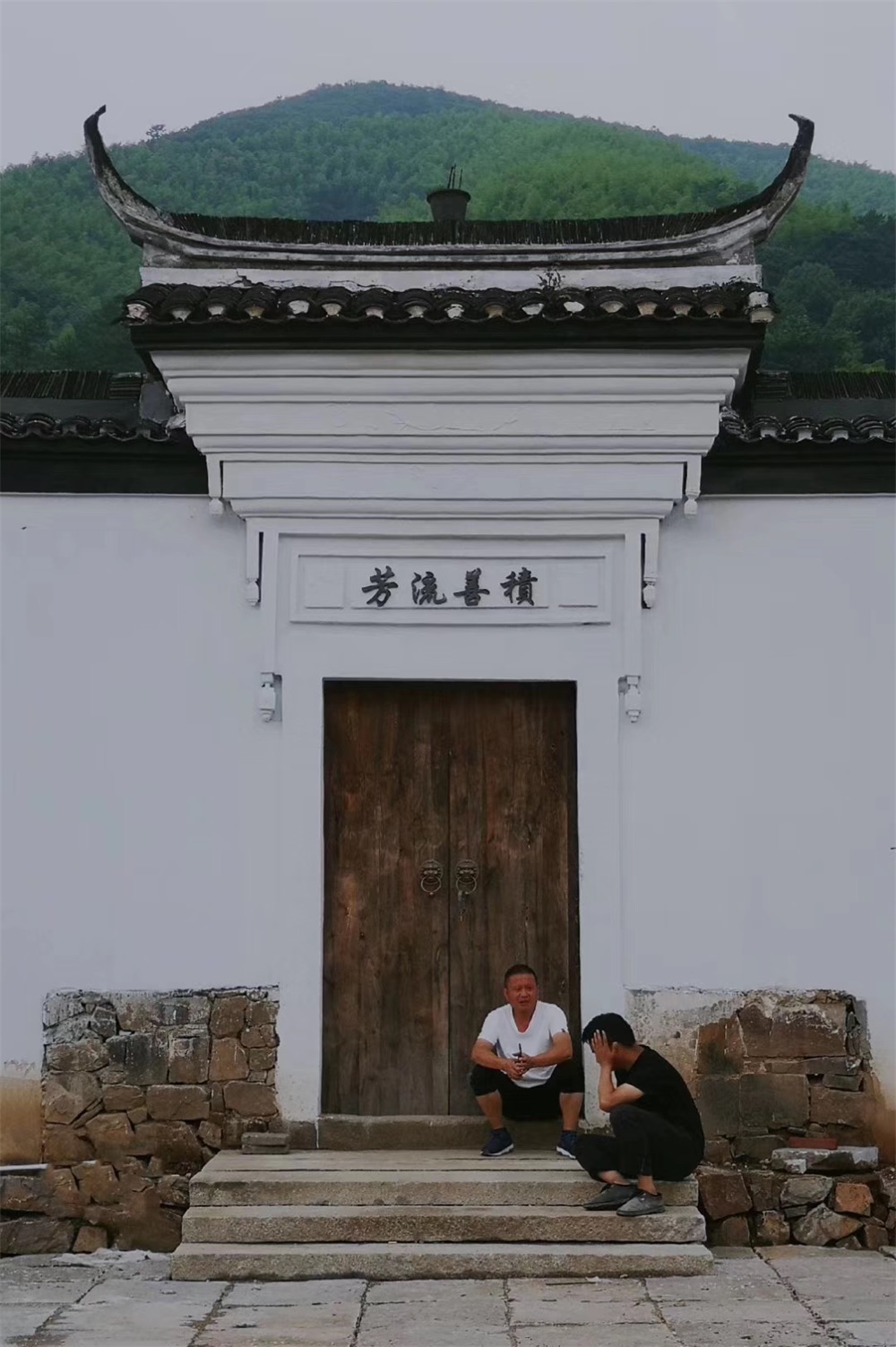
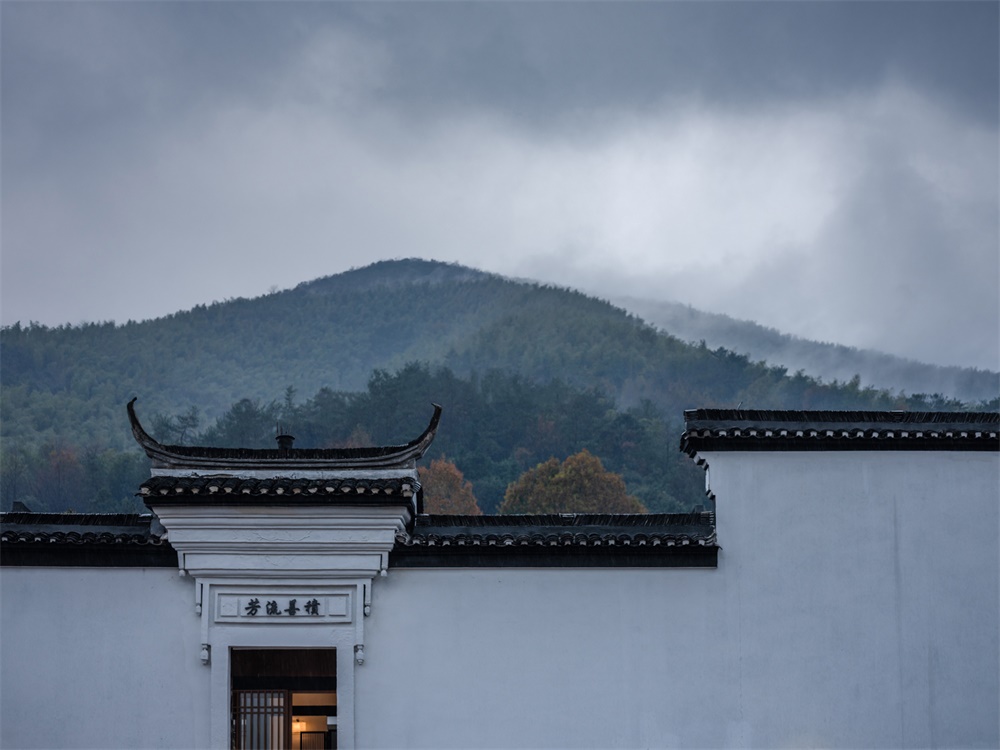
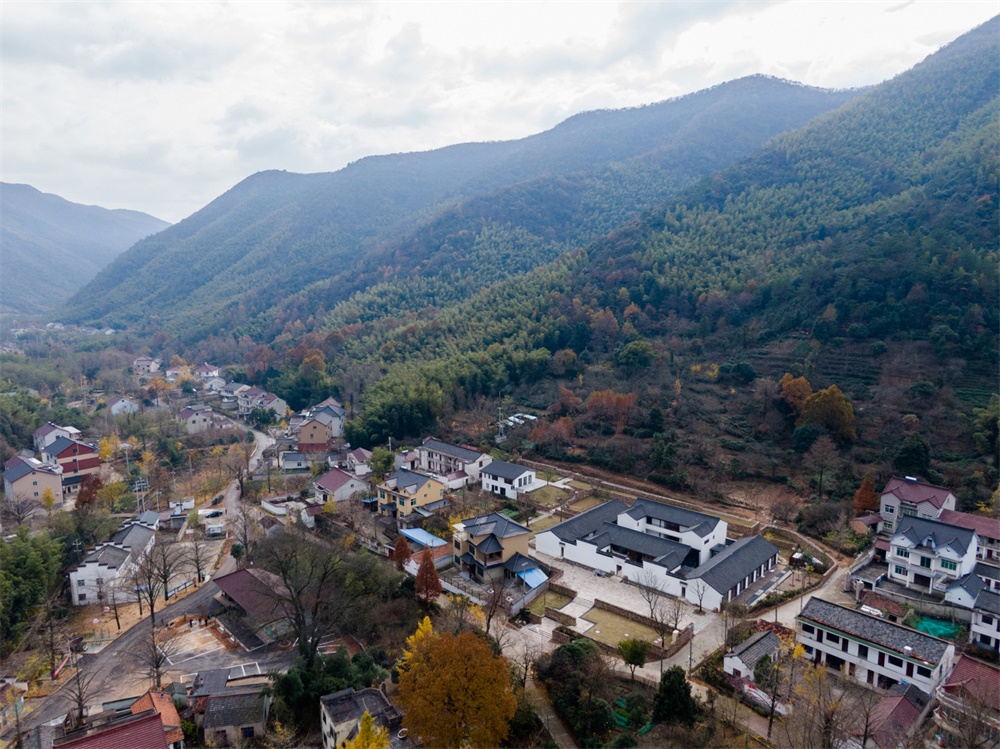
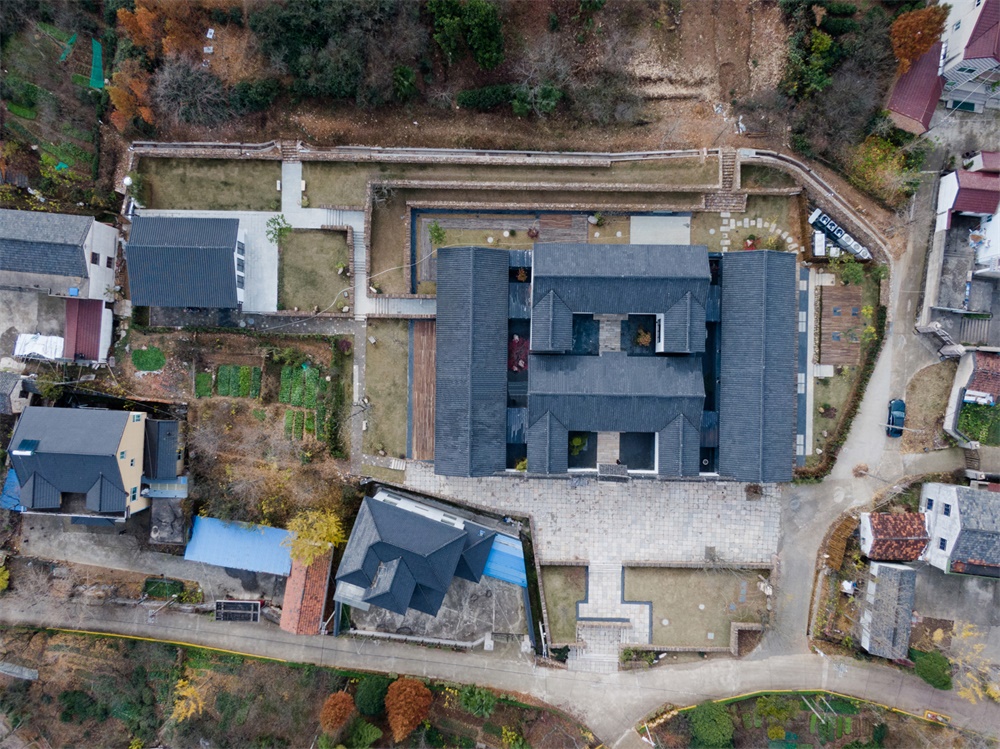
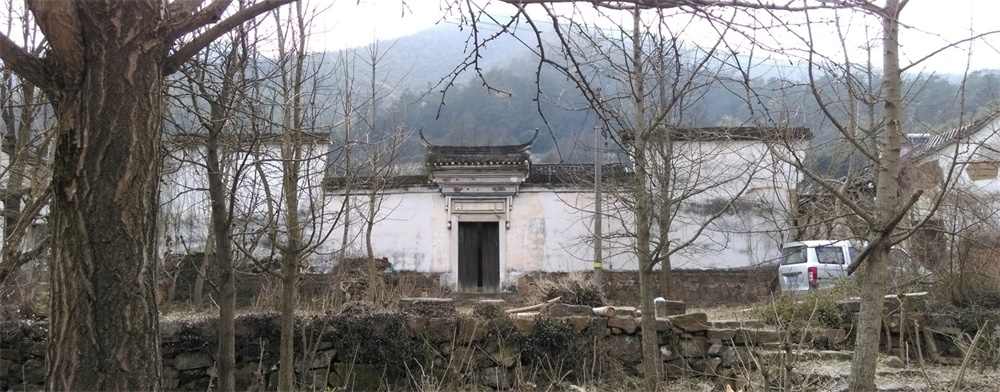
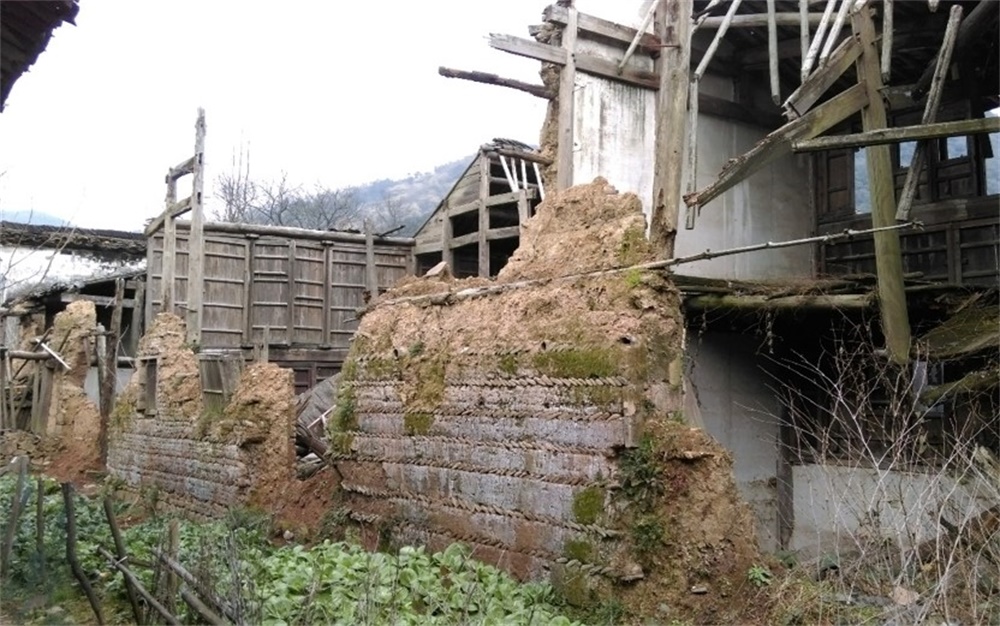
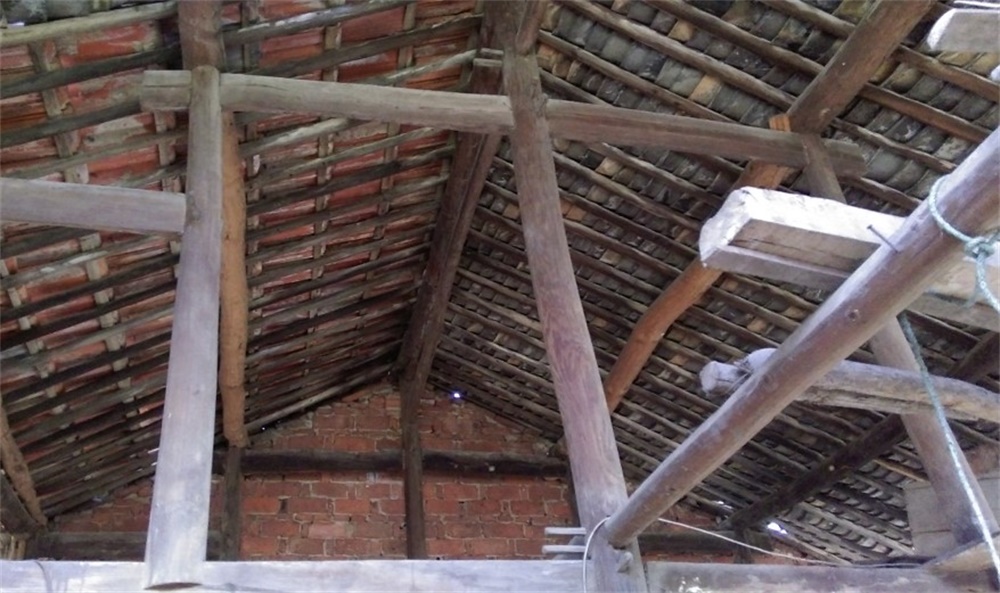
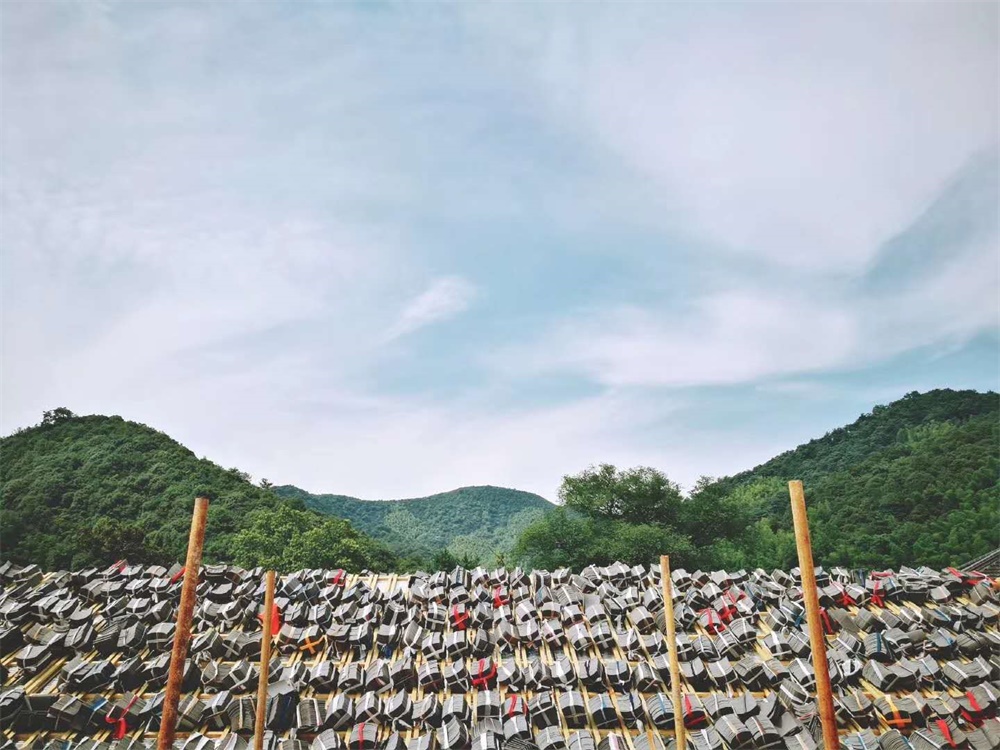
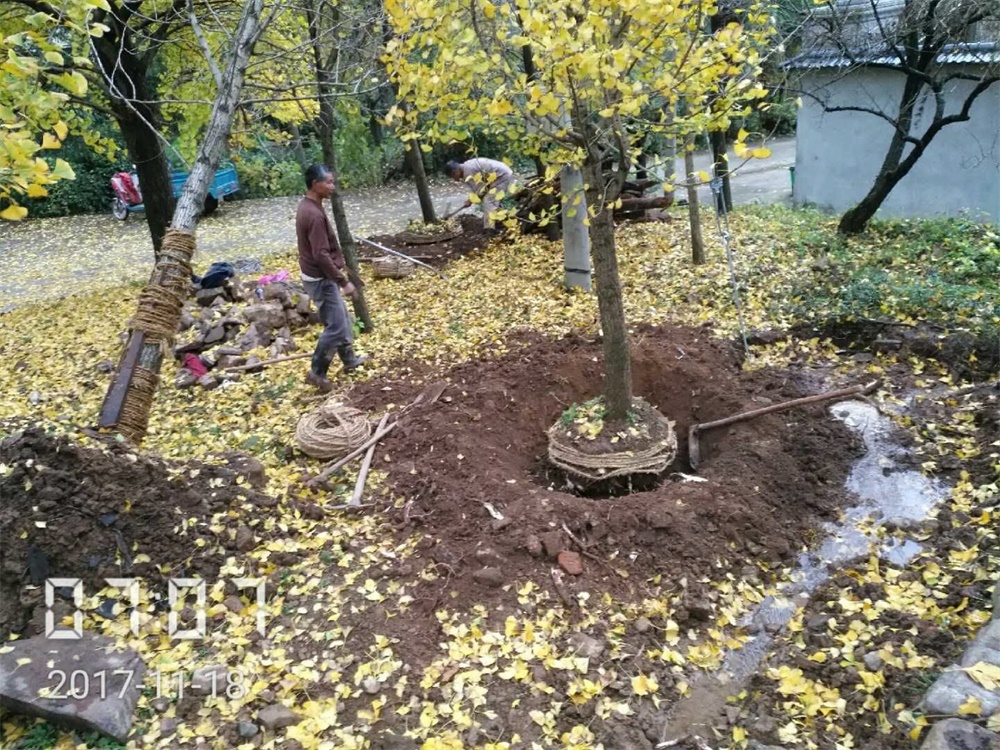
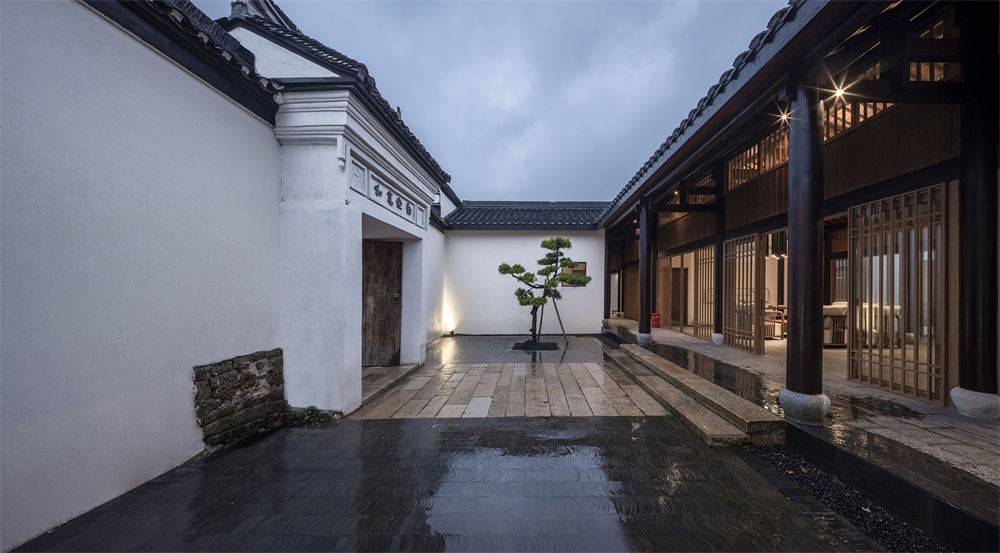
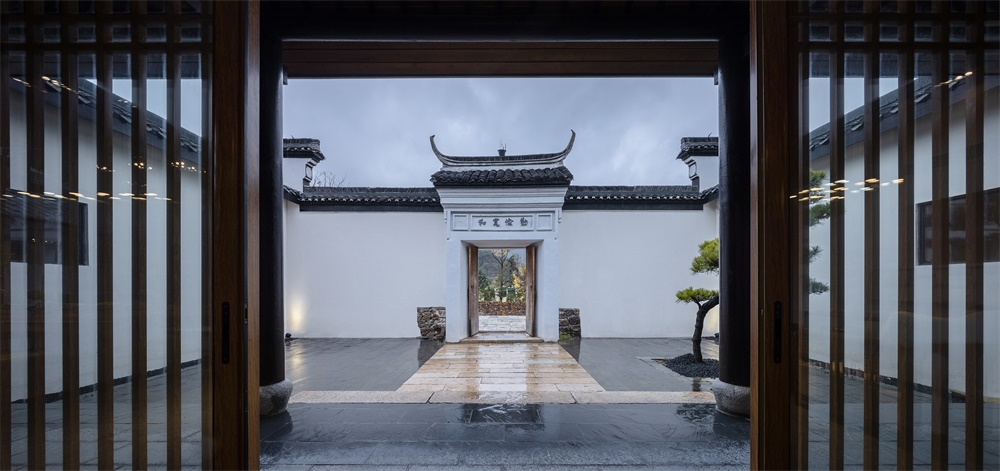

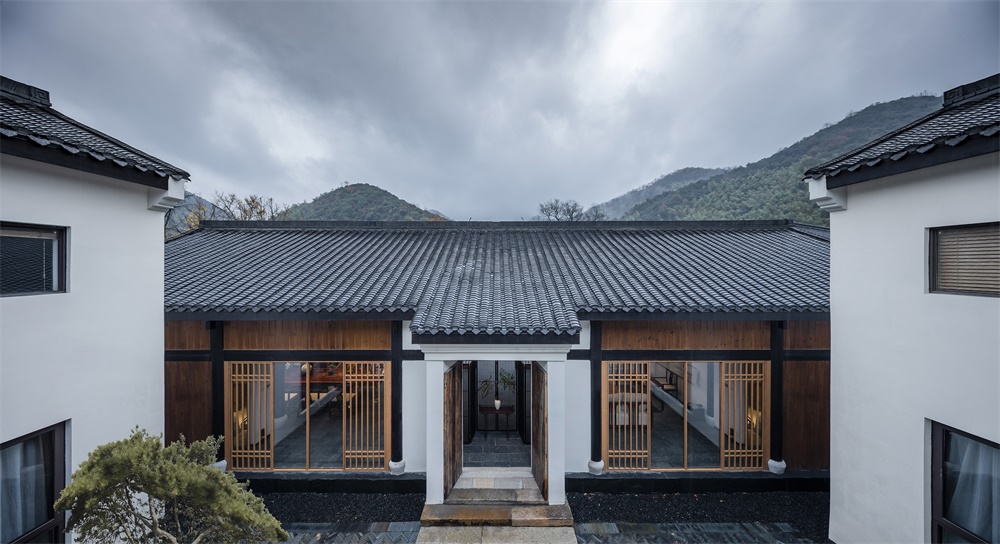
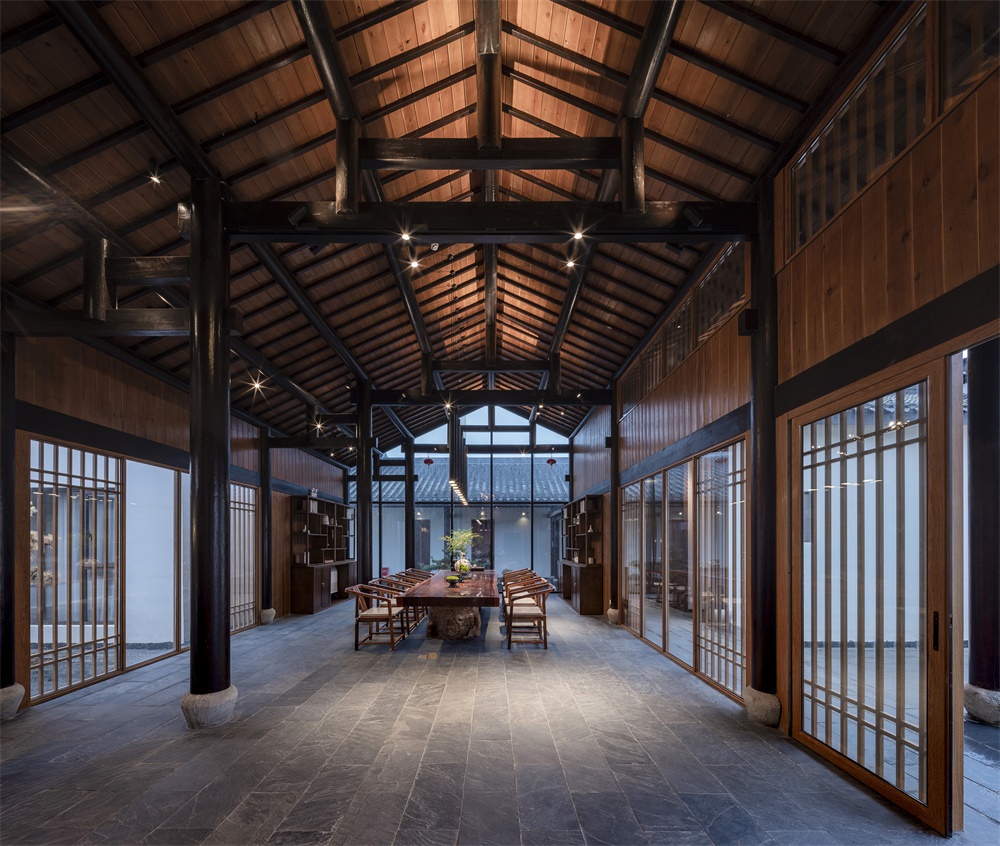
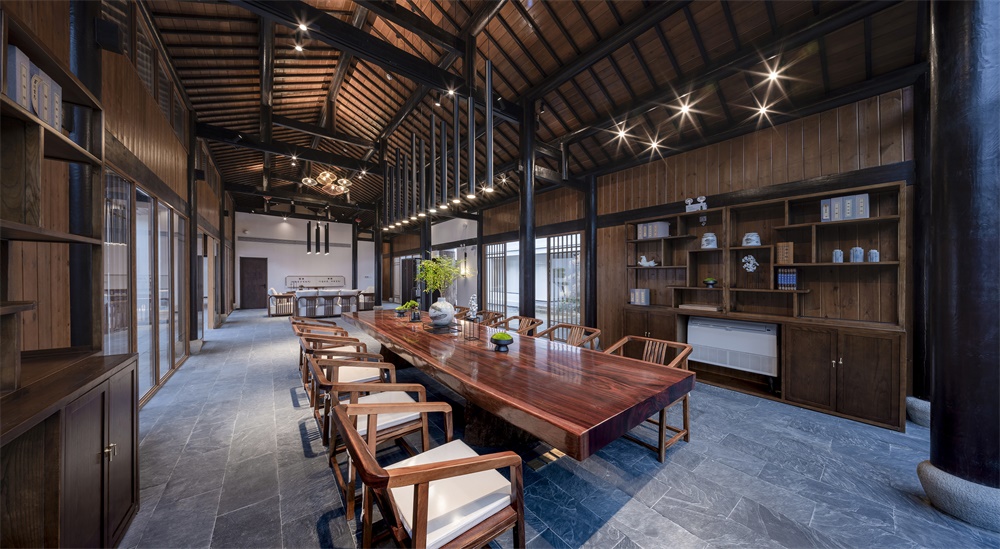
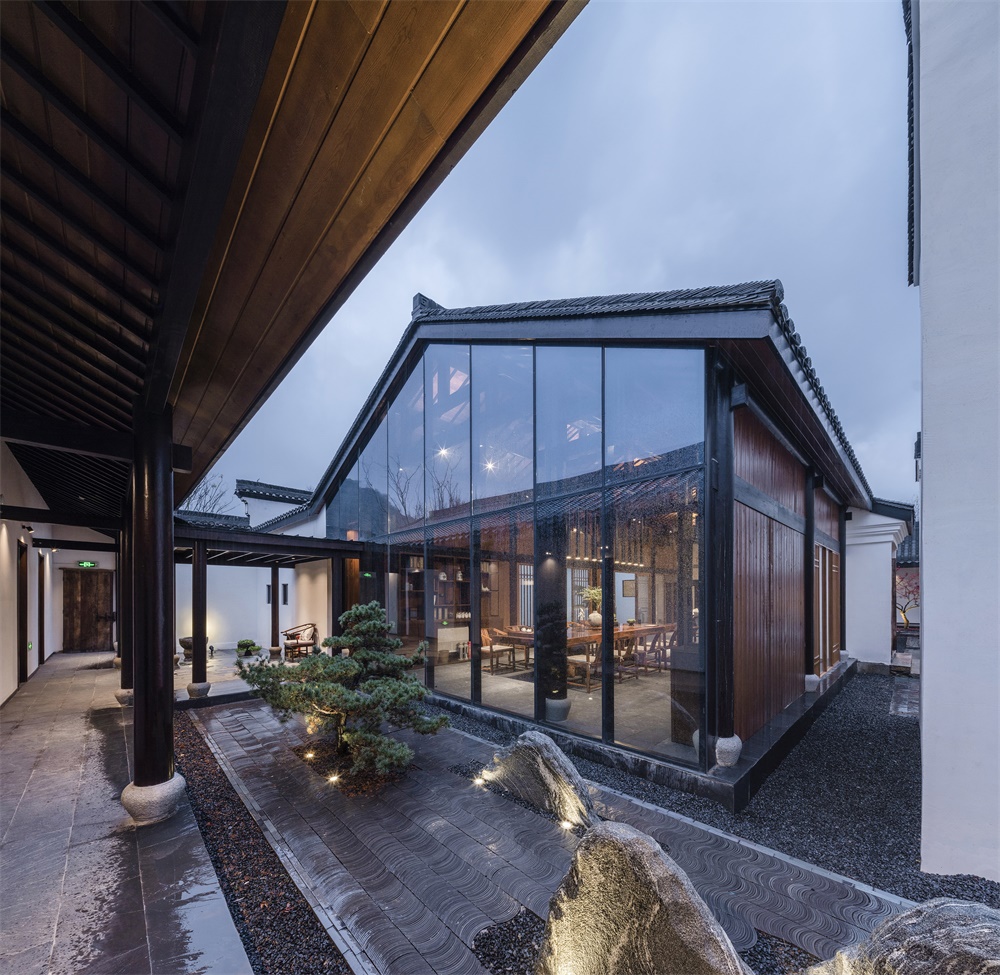
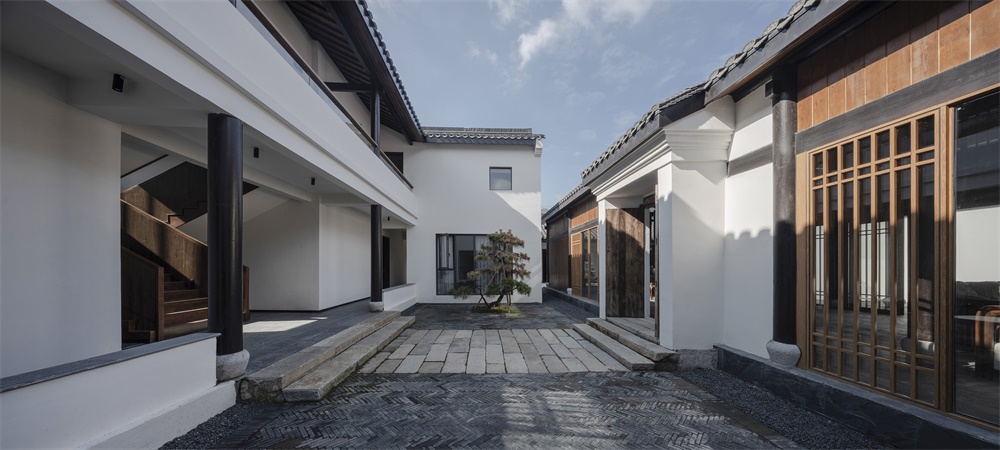
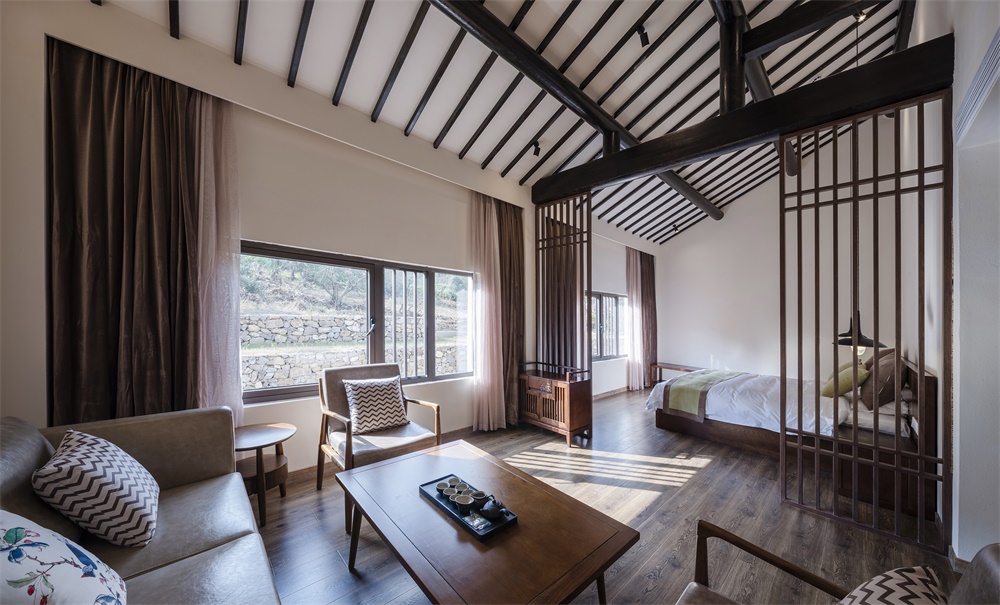
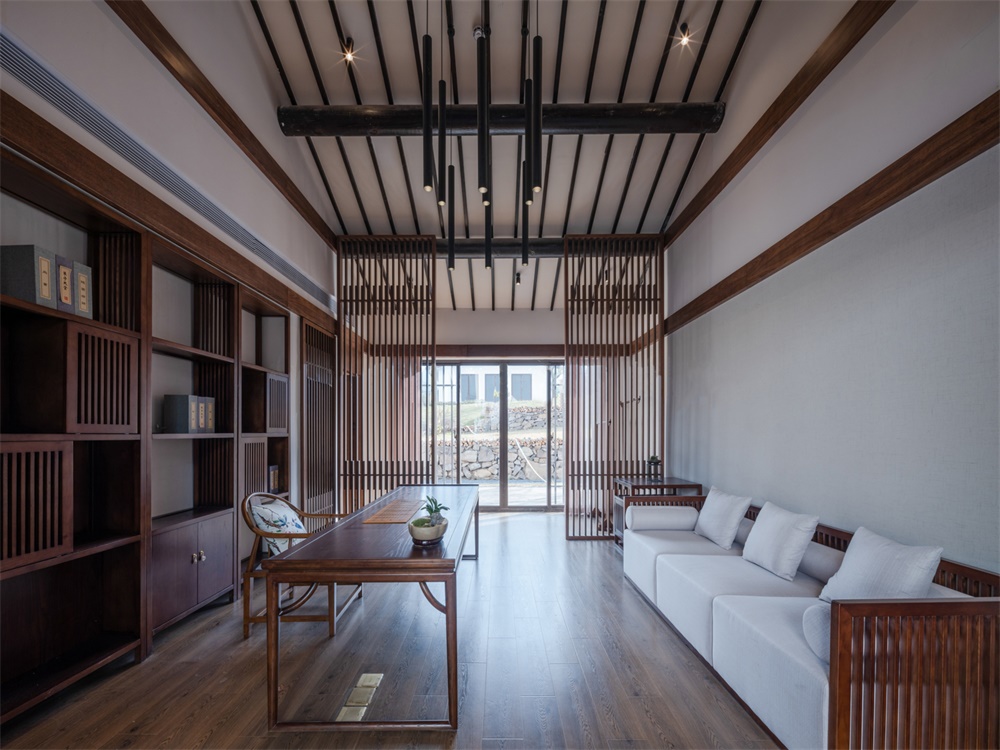
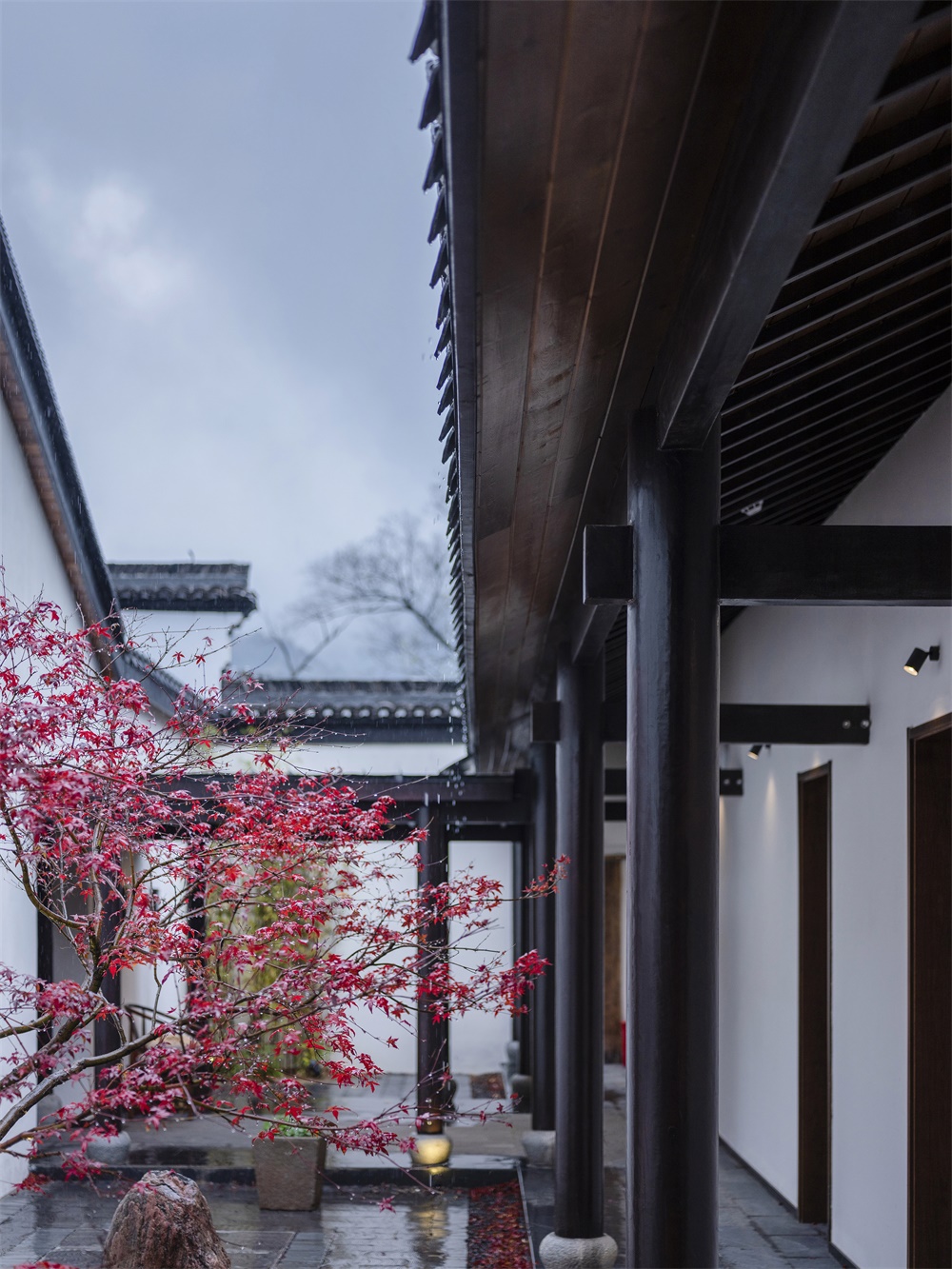
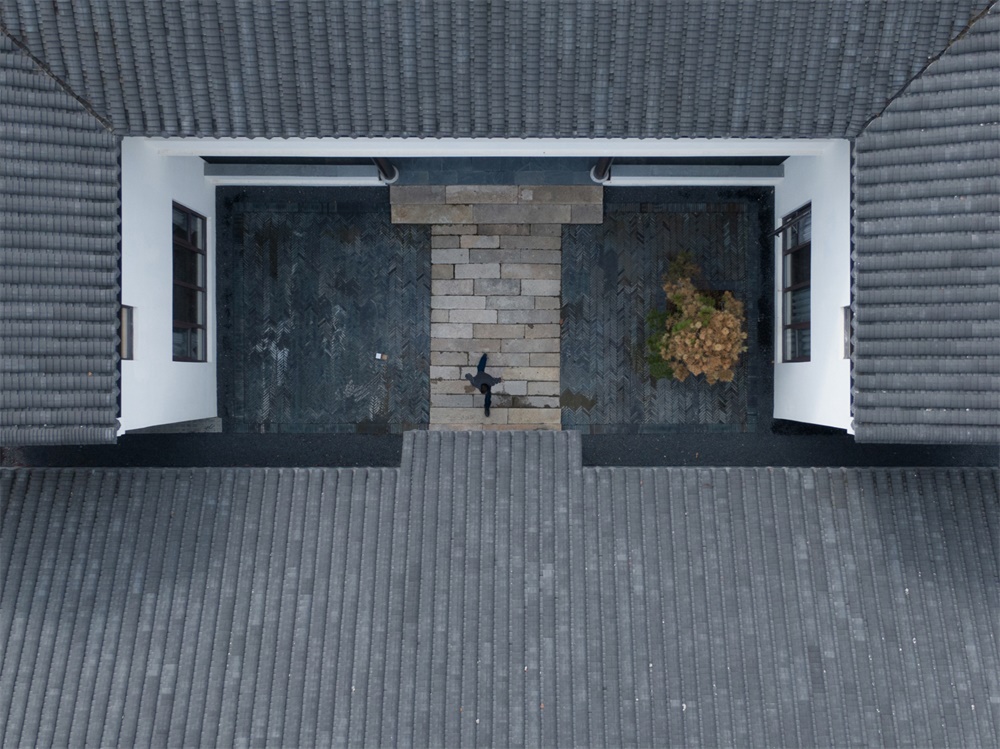
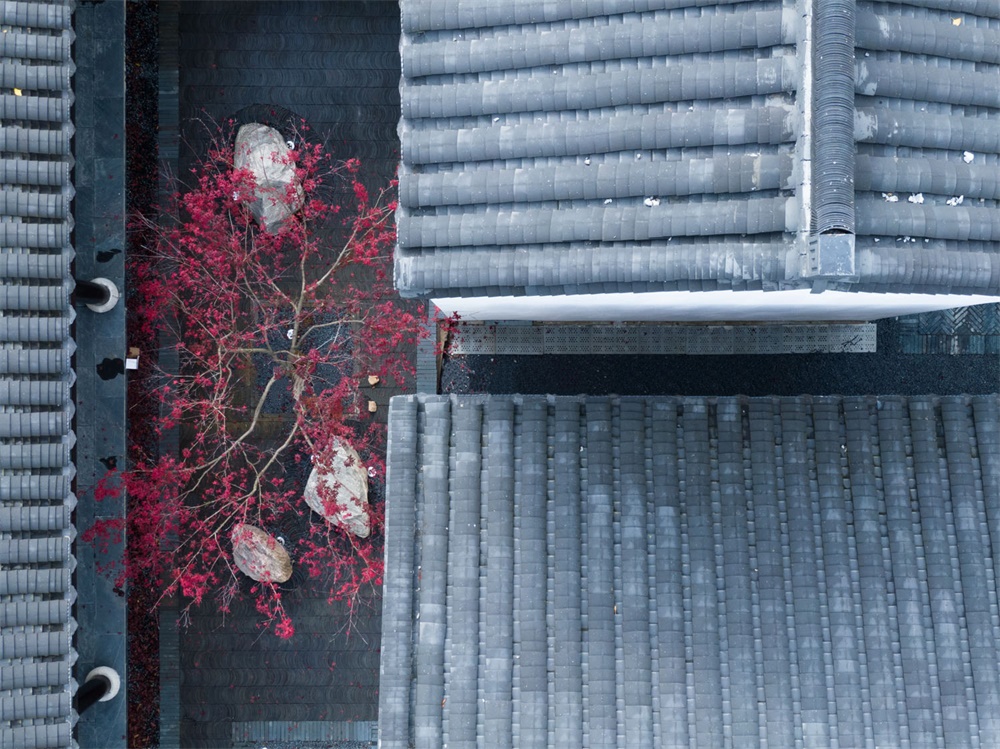
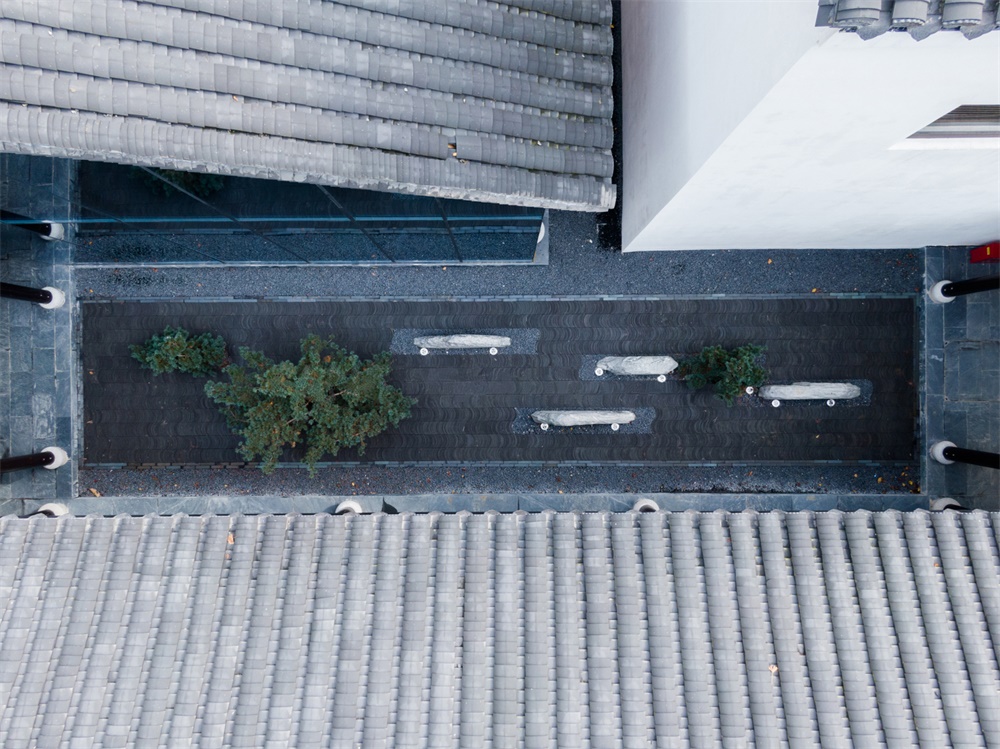
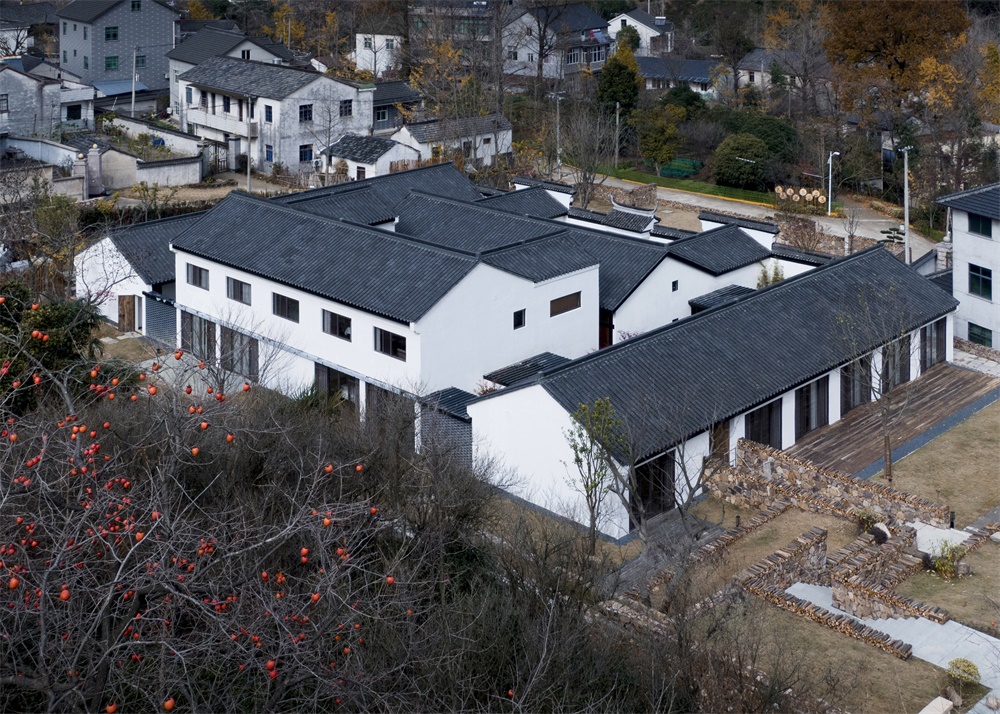
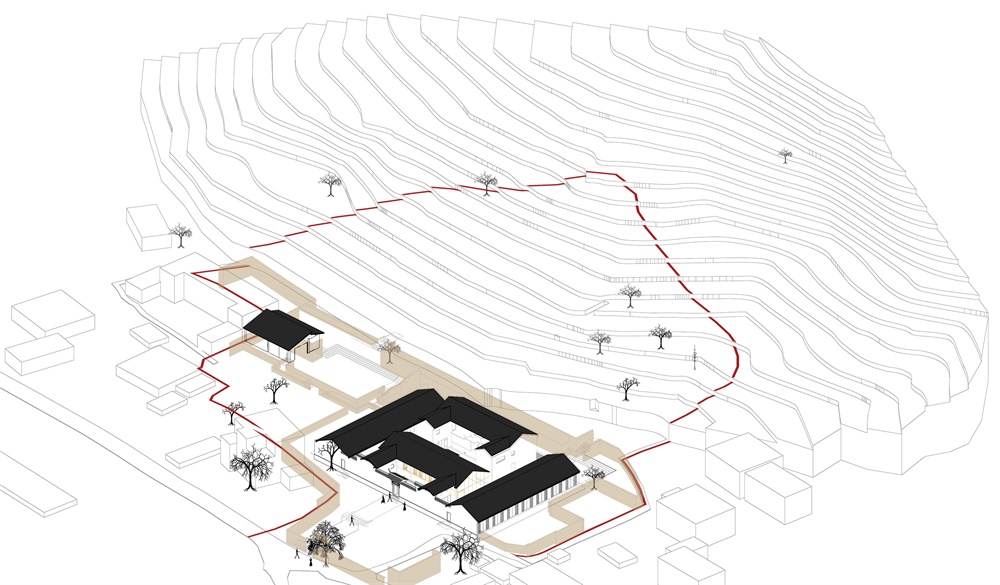
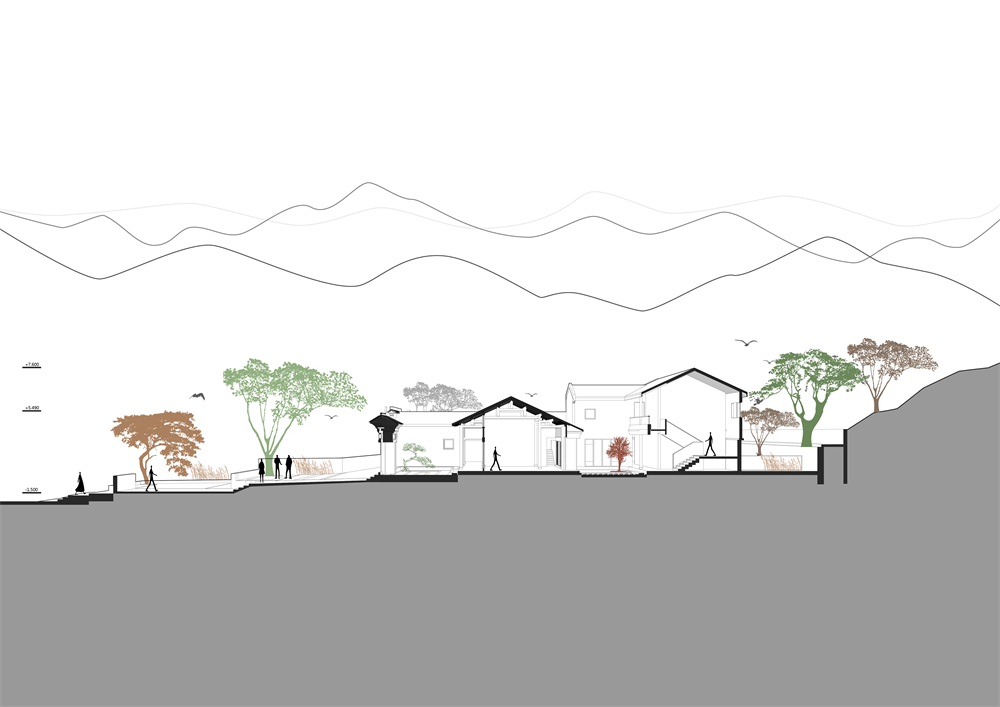
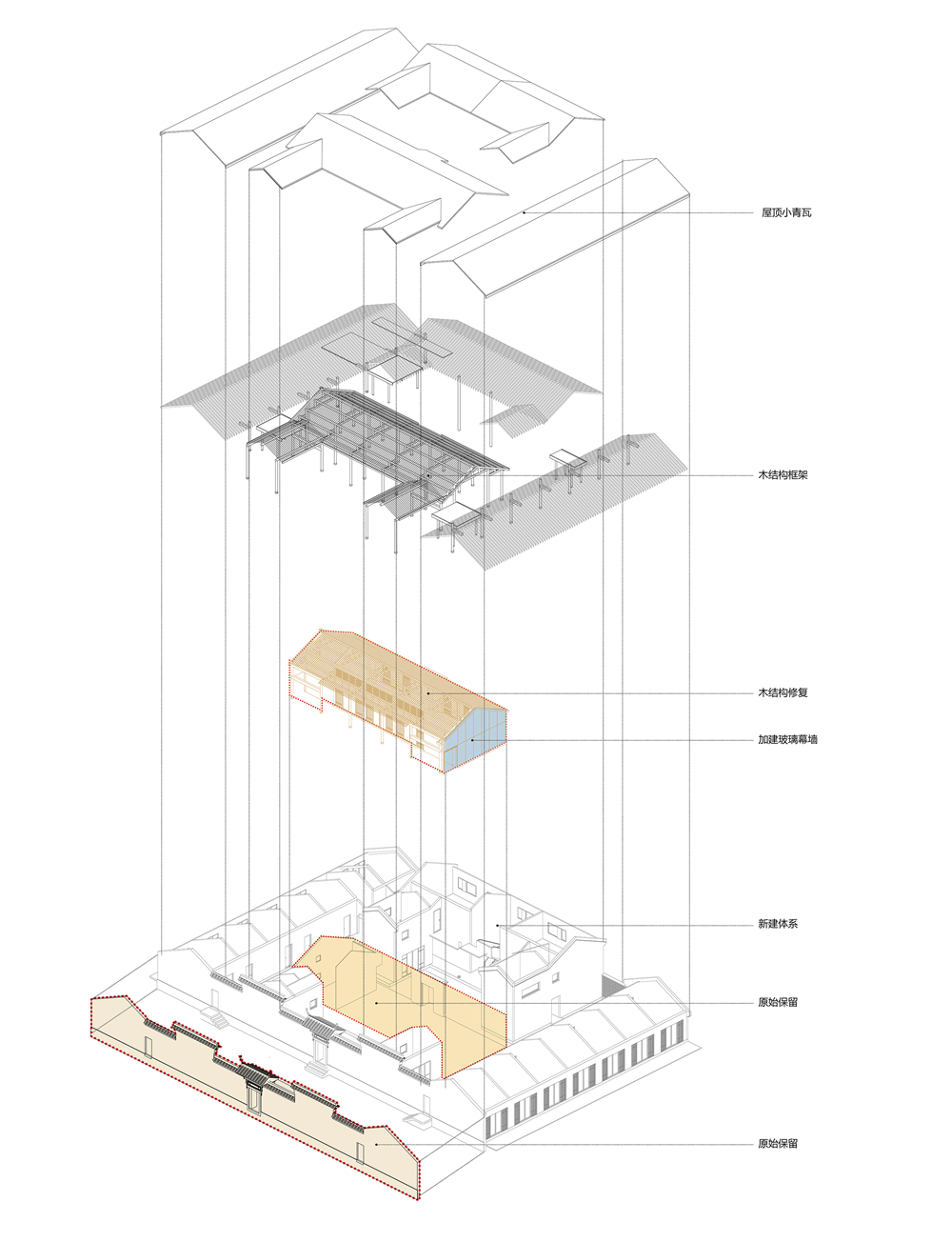

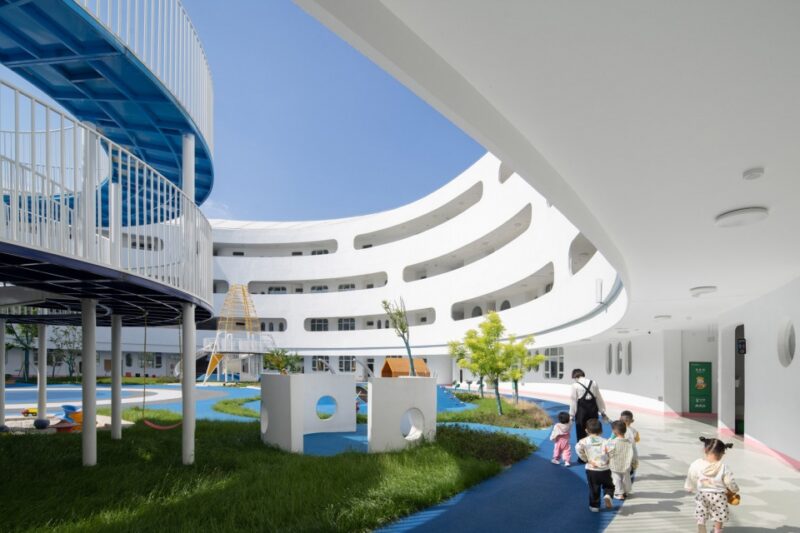
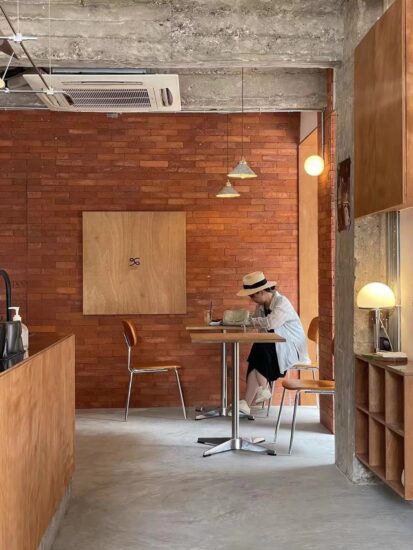
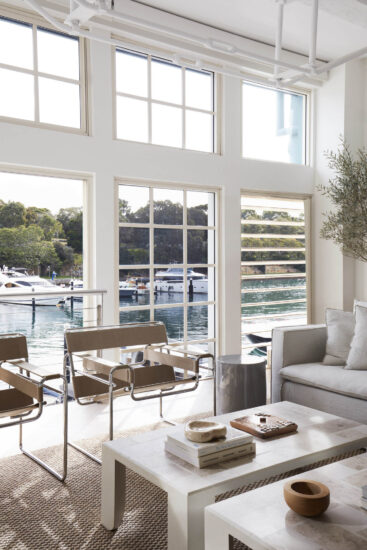
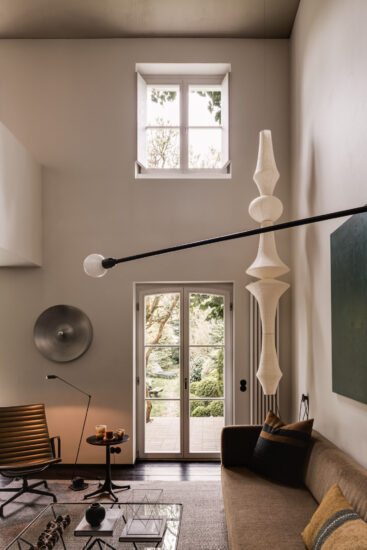

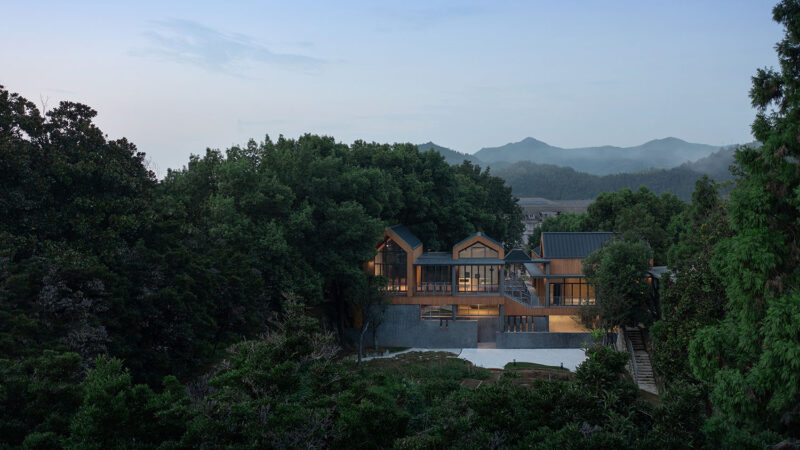
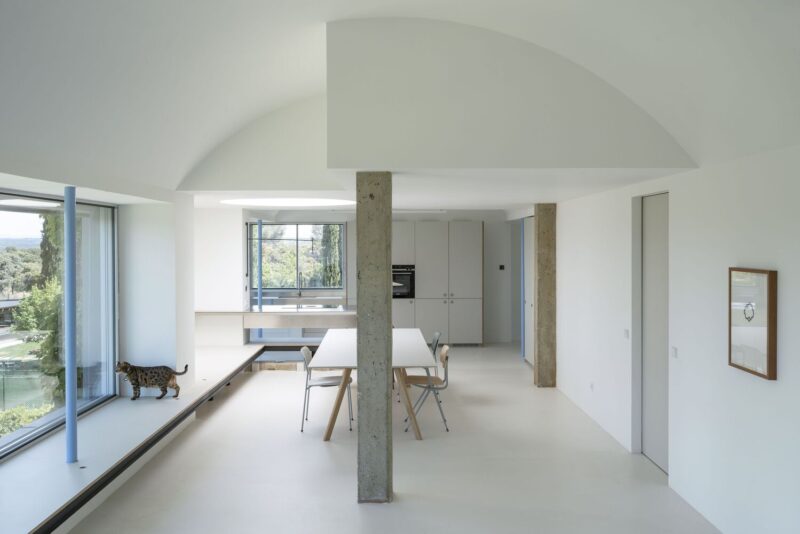
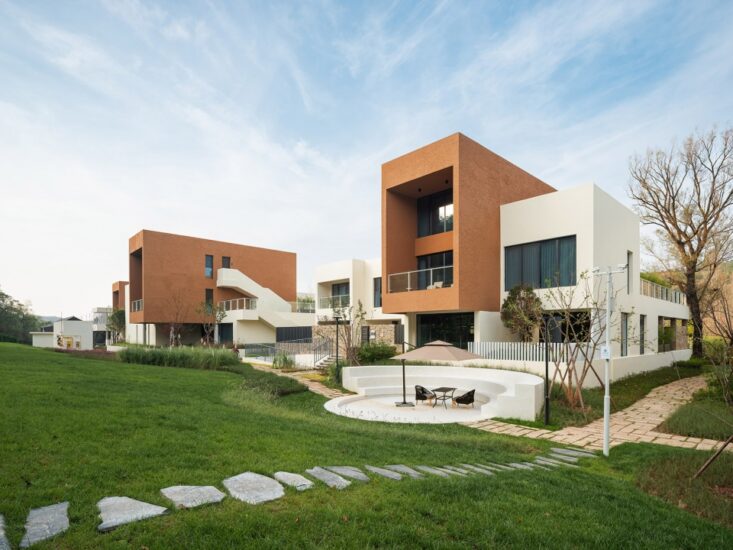
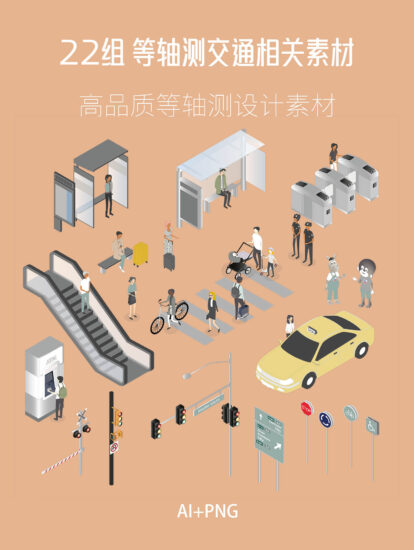

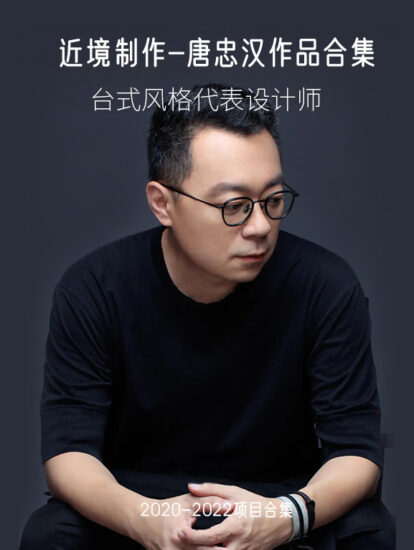
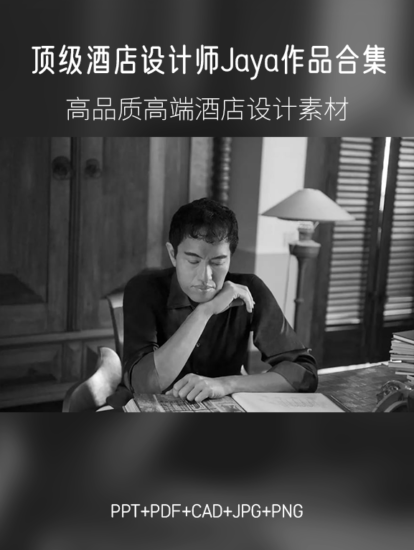
![[4K] 2.1G 虛空之美-100個日式庭院](http://www.online4teile.com/wp-content/uploads/2023/09/1_202309111611111-8-414x550.jpg)
